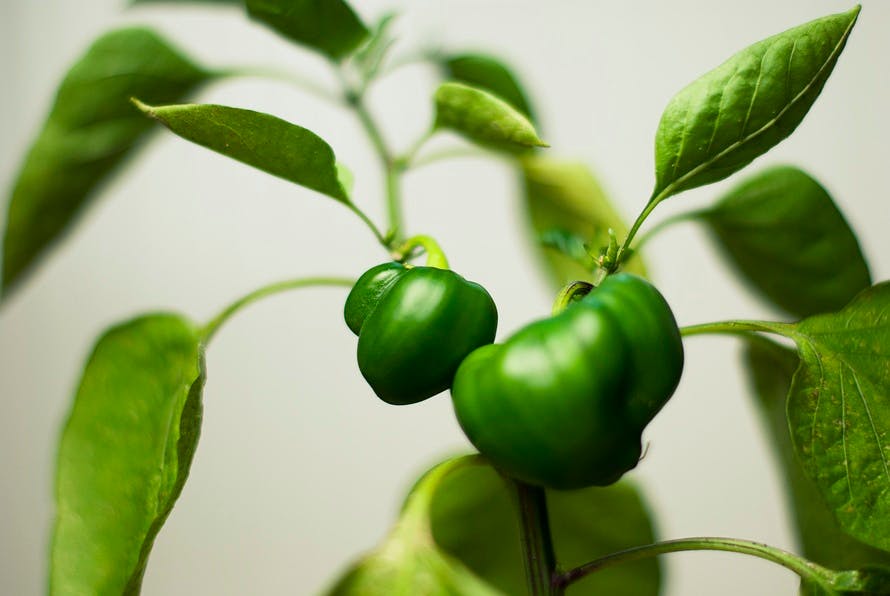Lanlee Explains
What is Composite Decking?
Composite Decking is quickly overtaking
traditional wooden decking as the most popular choice of decking for
home-owners across the globe. Boasting
to be a low-maintenance, highly durable and eco-friendly alternative
to wooden decking, in this article we explore the core differences between
wooden and composite decking.
Composition
Wooden Decking
What Wooden Decking is made
of is really in the name, although there are a few different types of wooden
deck that you can purchase which all have different features and vary in price.
The most commonly used
decking material is 'Pressure Treated Timber'. It is the most affordable &
widely used material and is chemically treated to resist rot and decay. Pressure
treated decking requires regular maintenance too, this may include an annual
power wash and an application of stain or clear wood preservative every two
or three years.
Composite Decking
Composite Decking products blend waste wood fibre & recycled
plastics, adding in waxes, fibreglass, and preservatives to form wood like
boards.
Features
Wooden Decking
A natural wooden deck has beautiful aesthetic quality which many
UPVC and Composite Decking brands try to imitate, however nothing can really
match the look, feel and even smell of natural wood.
Wooden decking has a high strength to weight ratio and, though
it does require more maintenance than its composite counterpart, with the right
care wooden decking can last just as long, or even longer, than other plastic
alternatives.
Composite Decking
Working with composite timber is very similar to working with
wood. However, composite lumber has the added benefit of being less likely to
split or de-laminate. Composite Decking is also more stain, scratch
and mould resistant than wooden decking and so requires much less maintenance.
Sustainability and Environmental Issues
Wooden
Wooden decking without any treatments on it can be easily recycled and bio
degrades without any polluting by-products. Plain, untreated wooden decking is
non-toxic & extremely strong for its weight.
Unfortunately, once you treat your timber decking it can no longer be recycled
or burnt, due to the toxic chemicals found within timber treatments.
Composite
Composite decking products are known to last much longer than
timber decking. They make use of materials that may otherwise have ended up in
a landfill site. However, the biggest problem with composite decking that it is
almost impossible to recycle. This is due to its use of both biological
components (such as wood) and technological components (such as plastic) which
are inextricably blended.
Cost
Wooden Decking is a lot
cheaper to buy than composite, however unlike with composite, you will have to
pay money for treatments and stains to keep your decking weather resistant and
looking nice whereas most Composite Decking types only require to be washed
with soap and water.
Average Life time
Wooden Decking
Depending on how well
you maintain it, wooden decking can last anything from 15-30 years, however the
average lifetime is about 20 years. Rot, algae growth, warping and
splintering can all contribute to rapid ageing of wooden decking
so it is important to take the correct measures to try and prevent these for as
long as possible. These measures can be simple things such as cleaning your
decking once a month with a quality decking cleaner.
Composite Decking
Most manufacturers offer a
20 year warranty on their composite decking, however unlike wooden
decking, composite boards do not tend to rot, splinter or warp. When composite
decking ages the colour tends to fade overtime and it can generally just look
less attractive which could cause the home owners to
want to replace it after this time.
Sources:
http://greenlivingideas.com/2007/12/17/sustainable-decking-solutions/
http://www.popularmechanics.com/home/outdoor-projects/how-to/a7889/should-you-build-your-deck-from-wood-or-plastic-11226815/
https://en.wikipedia.org/wiki/Composite_lumber




































